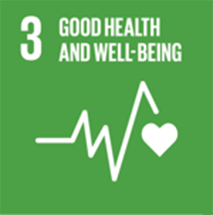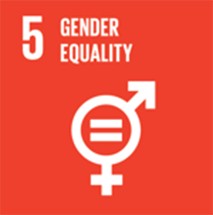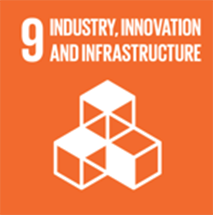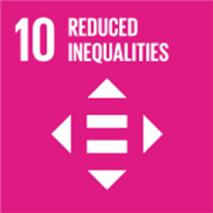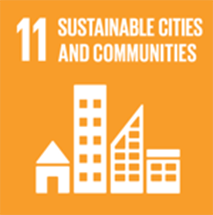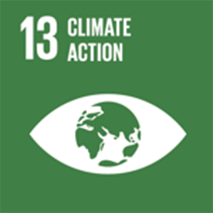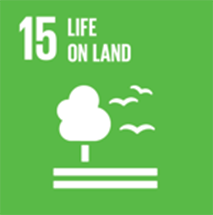


According to The United Nations Framework Convention on Climate Change (UNFCCC), climate change is a change in climate over a long time due to the impact of natural conditions and human activities. Climate change is now evident by global warming, rising sea levels and increasing the extreme weather events.
Evidence has proven that natural disasters and extreme events are increasing in many parts of the Earth due to the unpredictability of weather and climate. Global warming is also the underlying cause of rising sea levels due to melting ice and the thermal expansion of seawater, making many low-lying areas submerged permanently, exacerbating saltwater intrusion, etc.
Climate change in the current period is due to human activities which release excessive emissions of greenhouse gases (GHGs) into the atmosphere (Intergovernmental Panel on Climate Change or IPCC 2013). Human activities have a major impact on the climate system, especially since the beginning of the industrial era (around 1750). According to the IPCC, the increase of GHGs since the 1950s has mainly originated from human activities.
According to the Intergovernmental Panel on Climate Change (IPCC) 2014 report, the effects of climate change have been already occurring on all continents and across the oceans. The risk from a changing climate comes from vulnerability (lack of preparedness) and exposure (people or assets in harm’s way) overlapping with hazards (triggering climate events or trends).

A focus on resilience means putting greater emphasis on what communities can do for themselves and how to strengthen their capacities, rather than concentrating on their vulnerability to disaster or their needs in an emergency.
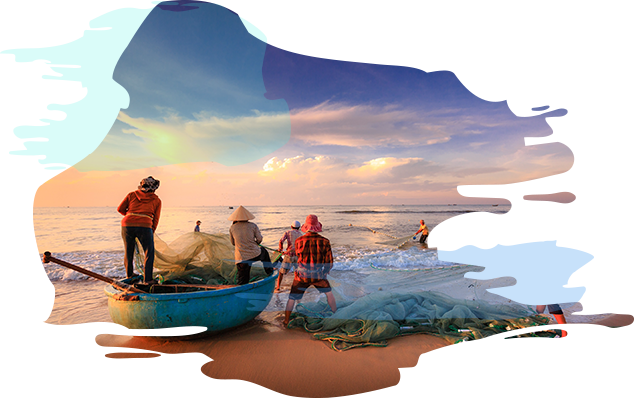
The terms “resilience” and “vulnerability” are opposite sides of the same coin, but both are relative terms. Like vulnerability, resilience is complex and multifaceted. Different features or layers of resilience are needed to deal with different kinds and severity of stress. The “disaster resilient community” is an ideal. No community can ever be completely safe from natural and other hazards.
Community resilience can be understood as capacity to:
- Absorb stress or destructive forces through resistance or adaptation
- Manage, or maintain certain basic functions and structures, during disastrous events
- Recover or “bounce back” after an event (Twigg 2007).

The Sustainable Development Goals (SDGs)known as the Global Goals, are a universal call to action to end poverty, protect the planet and ensure that all people enjoy peace and prosperity.
These 17 Goals build on the successes of the Millennium Development Goals, are interconnected – often the key to success on one will involve tackling issues more commonly associated with another.
Viet Nam’s overall goal will be sustaining economic growth alongside with ensuring social progress and justice and environmental and ecological protection , effective management and utilization of natural resources, a proactive response to climate change; ensuring that all citizens are promoted their full potential, participate in development and benefit equitably from the results of development; and build a Vietnamese society that is peaceful, prosperous, inclusive, democratic, just, civilized and sustainable.
Viet Nam’s sustainable development goals to the year 2030 are presented throughout the 'Improving resilience of vulnerable coastal communities to climate change in Viet Nam” Project.

Outlined in Viet Nam’s Nationally Determined Contribution (NDC) Targets, Viet Nam aims to reduce greenhouse gas (GHG) emissions by 8 percent by 2030, with the possibility of surpassing the target to 25 percent, conditional on international support (NDC Partnership Support Unit, 2017). Through the project’s regeneration of 4,000 hectares of coastal mangroves, an anticipated 1.9m tonnes of CO2 equivalent is to be avoided. Studies in Viet Nam have shown that mature mangroves in similar locations are able to absorb in the range of 20-25, 100 t CO2 per hectare per year, suggesting that annual benefits from the project to be in the range of 84,000-105,000 t per year, minus any emissions caused by activities associated with replanting/regeneration. (Phuong, 2015).
Furthermore, the project will help achieve Viet Nam’s goal of more robust disaster management and adaptation measures through the project’s emphasis on community education of mangrove regeneration and resilient housing principles, as well as providing disaster risk data to communities to better prepare themselves prior to disaster. With the aid of the GCF project, the focus will shift from disaster response to disaster preparedness. According to Global investments, disaster preparedness is estimated to be four times more cost effective than disaster response, while also reducing injury and loss of lives. This will benefit Viet Nam, which currently loses 1.3 percent of GDP annually to disasters. There will also be an emphasis on evidence-based best practices established by the GCF project, which will inform future stages of the programme, as well as enhance policy and planning, which will have an impact even after the project is completed. This is ensured through a collaborative partnership with UNDP, MARD, MOC and other stakeholders throughout implementation.

The project will use gender sensitive planning and implementation to ensure the highest gains are made for gender equity. As a result, the project is expected to.
A, Enhance commune-based disaster risk management (CBDRM) groups which include at least 30% women in decision making positions.
B, Provide direct benefits to women as project beneficiaries, especially within communes where the building of houses will occur and are the most vulnerable to climate shocks and variability.
C, Provide products that include gender-sensitive adoption strategies to ensure that women are empowered to benefit from the construction of new homes and the planting of mangroves, which will allow them to cope with climate change impacts.
D, Increase the awareness to women exposed to climate change risks and provide support on how to mitigate risks to their business thereby protecting their livelihoods and enhancing their adaptive capacities.
To ensure the views of women were captured, specific efforts have been made to consult with women groups, and to collect information regarding the impacts of climate change on women, in the design of this project. The Viet Nam Women’s Union is a partner in the project and was specifically consulted at both the national and local level. The project has a dedicated Gender Action and Plan, including budget which is accessible via the following link here.

The Green Climate Fund (GCF) is a new global fund created to support the efforts of developing countries to respond to the challenge of climate change. GCF helps developing countries limit or reduce their greenhouse gas (GHG) emissions and adapt to climate change. It seeks to promote a paradigm shift to low-emission and climate-resilient development, taking into account the needs of nations that are particularly vulnerable to climate change impacts. More information on the Green Climate Fund and its substantial support to Viet Nam is available via the GCF website, , and its specific Viet Nam profile page


